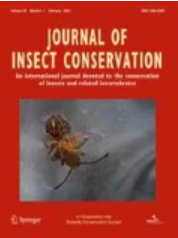Abstract
Concerns over the increasing cost and environmental impact of high inorganic nitrogen (N) inputs have led to a reappraisal of the role of legumes, particularly clover, in maintaining soil fertility in improved grasslands. Clover and other legumes host the symbiotic root bacteria Rhizobium that fix N, reducing the need for N fertiliser application. Grass plus clover swards are comparable to grass monocultures given medium to high inorganic N inputs in terms of companion grass growth, livestock performance and, yield of subsequently planted crops. Reduced N fertiliser input also reduces associated N leaching into water and greenhouse gas emissions during manufacture, transport, and application. In addition, increased use of clover in grasslands also benefit flower-visiting insects by providing an abundant source of nectar and pollen in summer. This is a critical period due to high levels of competition for these in summer. Because temporary and improved grassland covers almost half (47%) of UK land area this habitat type has great potential in wildlife conservation. Further research is needed on the agronomic and conservation benefits of more diverse swards, as incorporation of additional forb species may complement clovers and legumes to benefit a wider range of flower-visiting insect species. In addition, more information on the attitudes of farmers for or against using clover and legumes in grasslands is needed, as they make the management decisions for most agricultural land in the UK. Implications for insect conservation: increased use of clover is a low-cost way to improve the food supply for flower-visiting insects, while to sustaining agricultural productivity and reducing environmental impact.
Harris, C., Ratnieks, F.L.W. Clover in agriculture: combined benefits for bees, environment, and farmer. J Insect Conserv 26, 339–357 (2022). https://doi.org/10.1007/s10841-021-00358-z


